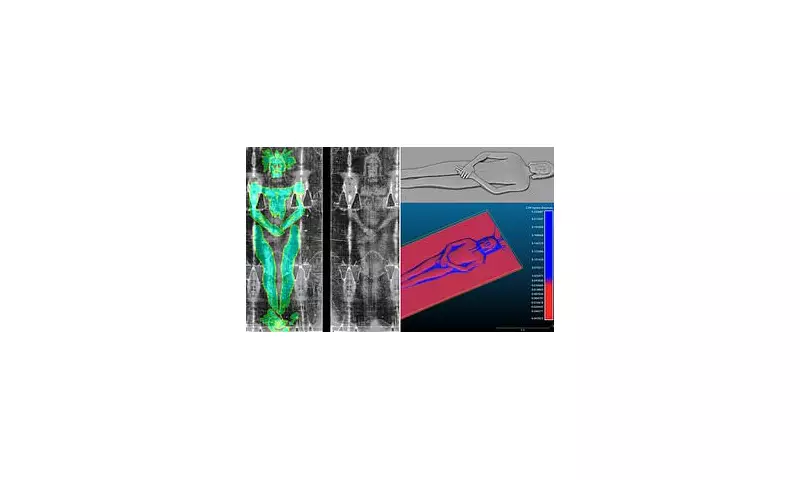
A recent scientific investigation has reignited the debate over the authenticity of the Shroud of Turin, one of Christianity's most revered relics. The study suggests that the shroud may not have been used to wrap the body of Jesus Christ after his crucifixion, contradicting centuries of belief.
New Findings Challenge Ancient Beliefs
Researchers employed advanced techniques to analyse the shroud's fibres and markings. Their findings indicate inconsistencies with historical accounts of Jesus' burial, raising questions about the relic's origins.
Scientific Methods Applied
The team used:
- High-resolution microscopy
- Chemical analysis
- Radiocarbon dating techniques
These methods revealed anomalies in the fabric's composition and the bloodstain patterns that don't align with biblical descriptions.
Historical Context of the Shroud
First documented in 14th century France, the shroud has been:
- Subject of numerous scientific studies
- Controversial since its discovery
- Displayed periodically in Turin's cathedral
Previous carbon dating in 1988 suggested it originated between 1260 and 1390 AD, but these results were contested by some researchers.
Implications for Religious Communities
The new findings are likely to:
- Spark theological debates
- Affect pilgrimage patterns
- Influence future research directions
Many believers maintain their faith in the shroud's authenticity despite scientific evidence, highlighting the complex relationship between faith and science.
What's Next for the Shroud?
Experts call for:
- Further multidisciplinary studies
- Open dialogue between scientists and theologians
- Careful preservation of the relic
The shroud remains an important cultural and religious artefact regardless of its origins, attracting millions of visitors to Turin when displayed.





